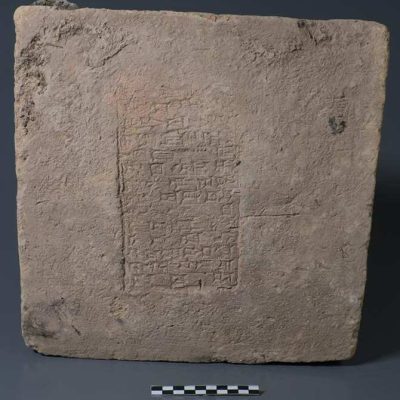The impact of climate change on violence in the Andean highlands during ancient times has been revealed by a new study. The research highlights the importance of the relationship between humans and nature in the face of current climate change. The effects of climate change, such as wildfires, water shortages, and the threatened wine and olive production in Spain and Portugal, can cause significant economic damage. Some studies suggest that higher temperatures can also lead to personal conflicts and violent acts, including murder. Researchers from the University of California, Davis (UC Davis), led by Thomas J. Snyder, have investigated whether climate change has led to more violence among people in the past or if it is a current problem.
Their publication in the Quaternary Research journal reveals that the researchers examined whether violence in the south-central Andes changed between 470 and 1500 AD. This period coincides with the medieval climate anomaly, which saw significant climate changes, including droughts and rising temperatures, between 900 and 1250 AD. The researchers analyzed nearly 3,000 human bone fractures found at 58 archaeological sites to study violence in the early years of the Andes. They compared these findings with ice accumulations at the Quelccaya Glacier in Peru, Chile, and Bolivia. The researchers found no evidence of violence in the coastal and mountainous regions, suggesting that people there found peaceful solutions to climate change or were not affected by it.
However, in the Andean highlands, there was a significant increase in violence during the period of climate change. The trigger was likely the severe droughts that harmed agriculture and led to resource scarcity. The authors state that “we found that decreasing precipitation was correlated with increased rates of skull trauma. This observation suggests that climate change, in the form of decreasing precipitation, had a significant impact on violence rates in the region.” The study emphasizes the importance of the relationship between humans and nature in the face of climate change. The authors suggest that archaeological research can help us better understand the challenges faced by people in uncertain conditions in a rapidly changing climate.
In conclusion, the study reveals the impact of climate change on violence in the Andean highlands during ancient times. The findings highlight the importance of the relationship between humans and nature in the face of current climate change. The study emphasizes the need for peaceful solutions to climate change and the importance of understanding the challenges faced by people in uncertain conditions in a rapidly changing climate.










